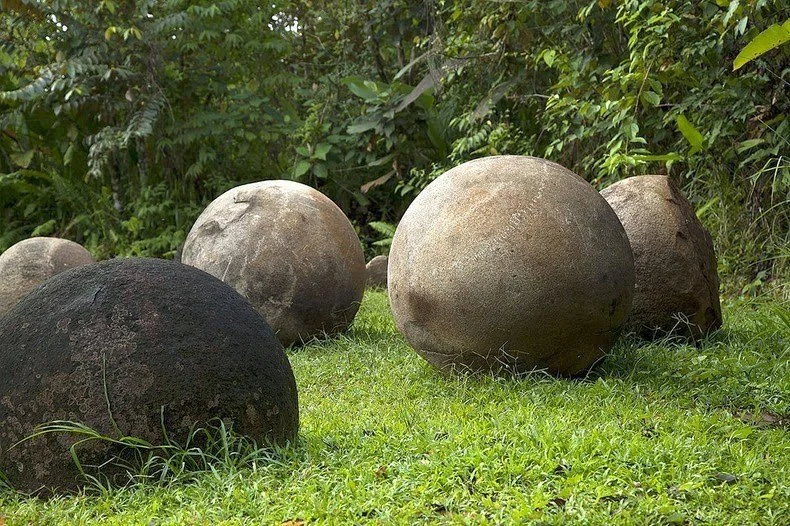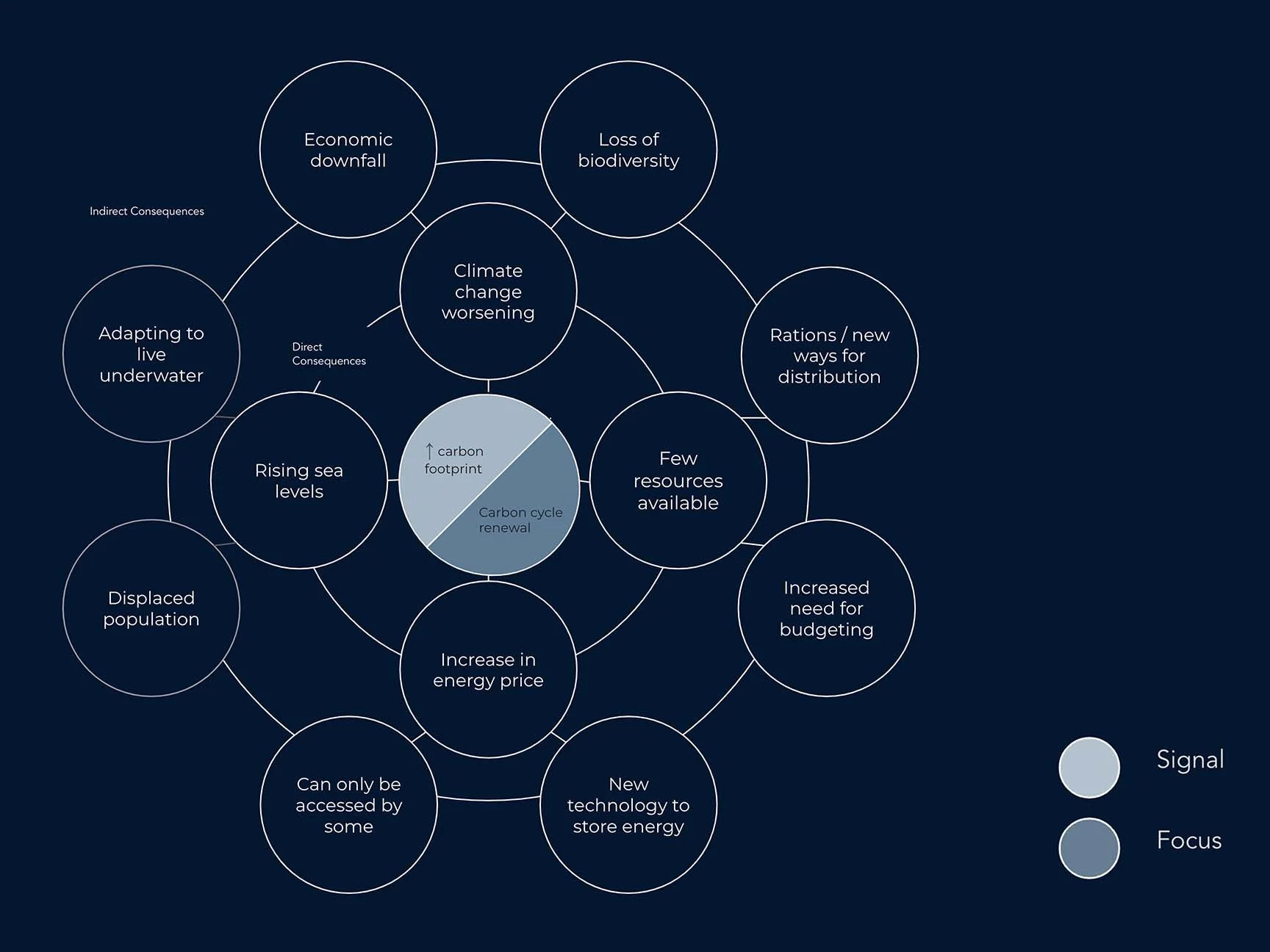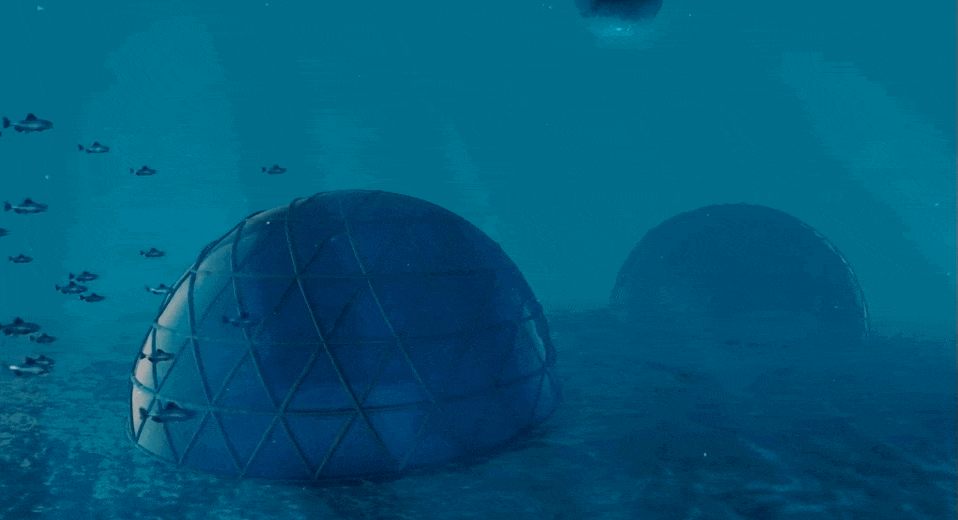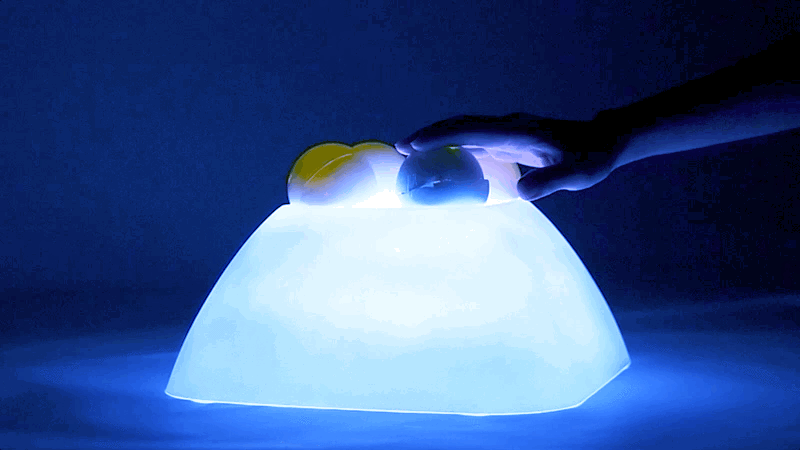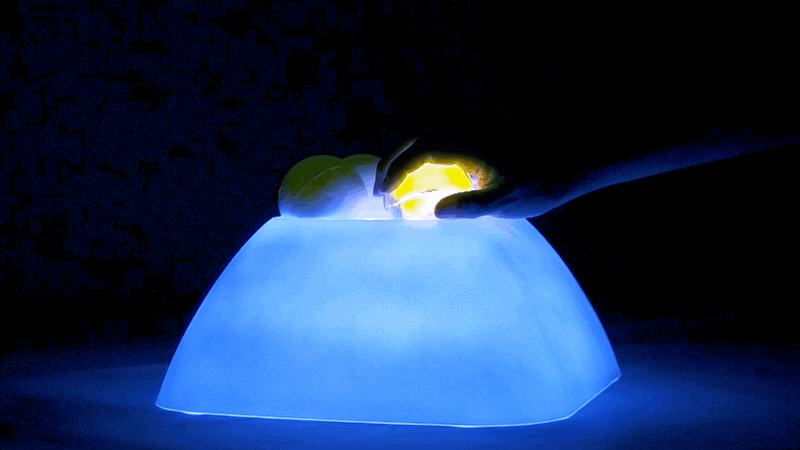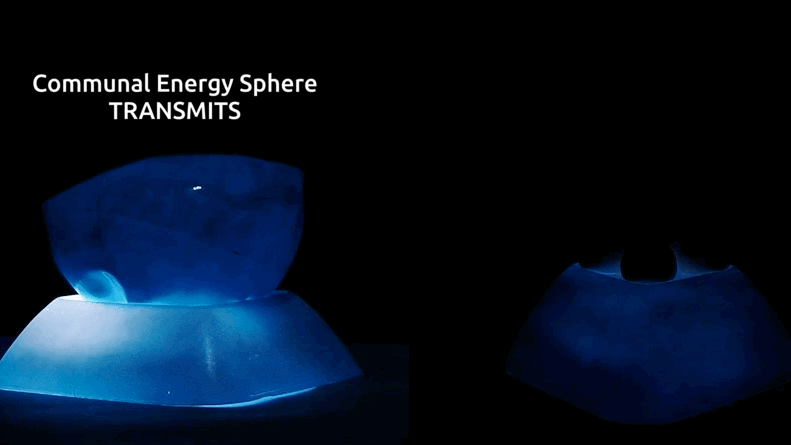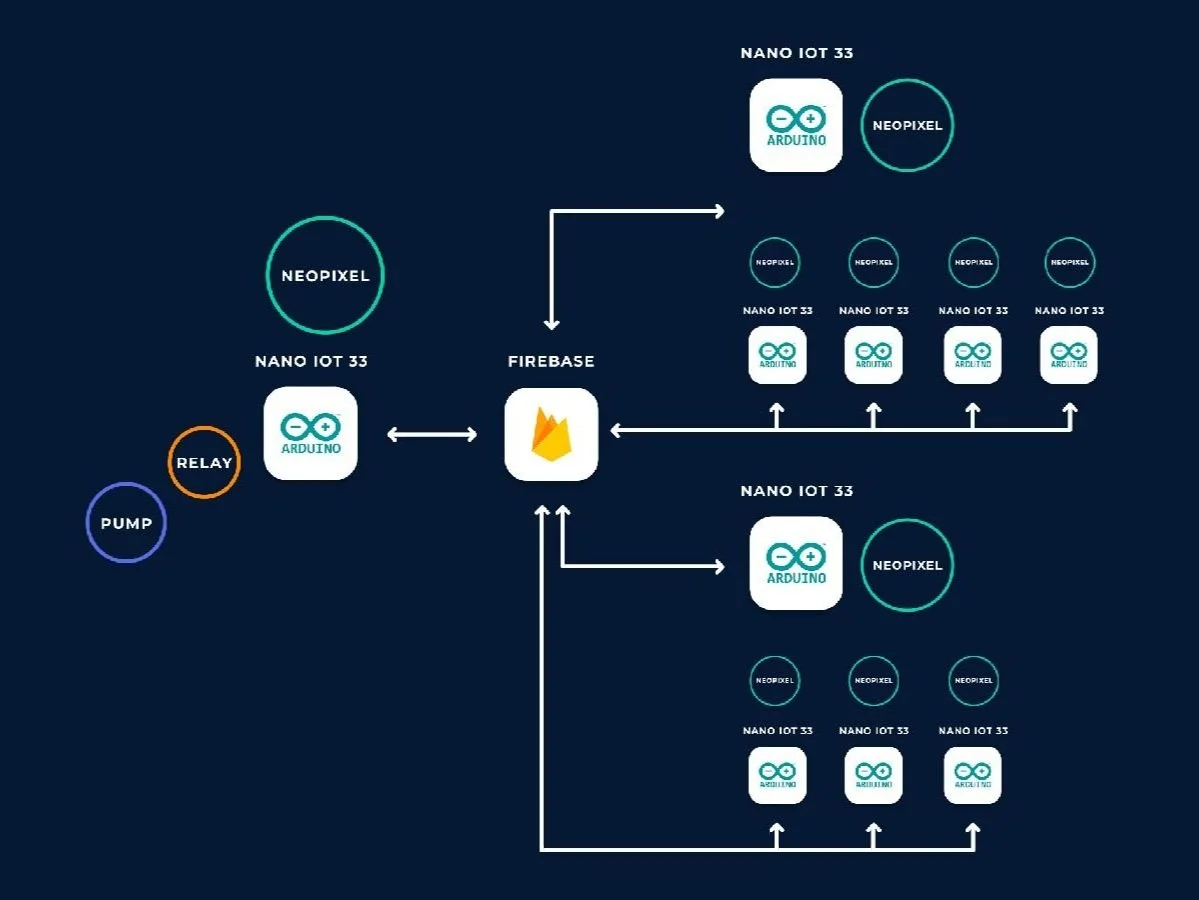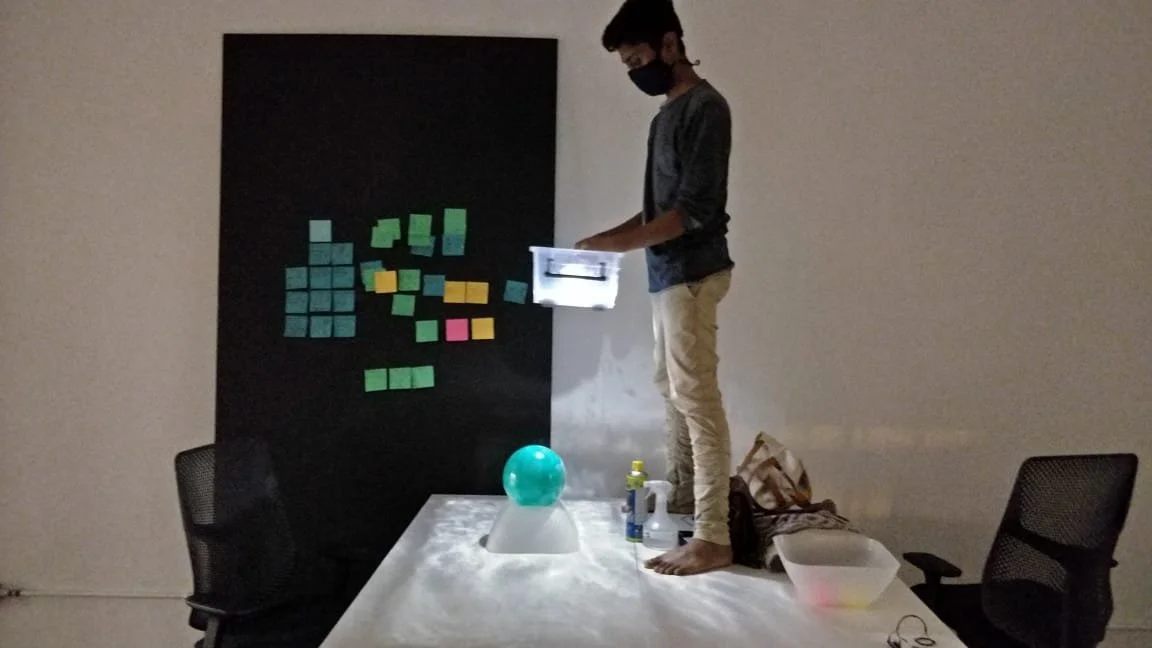Pinaza
What if personal energy were rationed within an underwater community in Year 2147?
Pinaza is a speculative design project that envisions an immersive underwater future set in the year 2147. In this world, energy scarcity is a pressing concern, leading to its rationing within the community.
Project Background:
Our design challenge was to explore the use of connected devices from a speculative design perspective, specifically within the context of Costa Rica. Focus on reflecting on meaningful connections with oneself, others, and time. The project was done over 5 days with Christoff Trexler (US) and Neelank Sachan (India) during the Connected Devices course at CIID.
Design Inspirations
Our team drew inspiration from the mysterious ancient stone spheres scattered across Costa Rica. Recognized as a national symbol, these spheres are linked to the extinct Diquís culture, yet their exact purpose remains a puzzle — were they calendar markers, symbols of power, or meeting points?
Discovered in the 1930s by a U.S. fruit company operating under a false Costa Rican identity while clearing land for banana plantations, some spheres were tragically destroyed in a quest for imagined hidden gold. The captivating story, especially the aspect of resource exploitation, fueled our team's fascination and creative inspiration.
How did we get there?
The team delved into extensive secondary research, future-casting, and world-building to construct a narrative.
Future Casting
Taking into account extensive secondary research on rising sea levels, we projected ourselves to the year 2147. It is estimated that by the year 2100, sea levels could rise between 2.5 meters and 5 meters and may rise even further by 2150. Millions are expected to be displaced as 11% of the world’s population live less than 11 meters above sea level.
In this scenario, we explored potential futures using a Futures Wheel, examining the implications of current global signals.
World Building
The year is 2147. With rising sea levels, coastal populations who cannot afford to flee inland nor off-planet are now confined to living in disused underwater research stations, while rich nations have developed floating habitats.
With underwater research stations hastily converted into dwellings, insufficient planning and overpopulation have led to an energy crisis. To cope with energy rationing, one of the communities, Nautilus II, developed Communal Energy Spheres (CESs) which power households, where individuals can budget for their daily use using their Personal Energy Orbs (PEOs).
What does this world look like?
To bring this concept to life, the team constructed a small-scale model to prototype different connections and interactions using connected devices.
Communal Energy Spheres (CESs) descends back to the ocean bed after surfacing to recharge with solar energy
As energy is transmitted to individual households, the CESs deflate, visually indicating communal energy consumption.
Users indicate how much daily personal energy they want to carry with them by placing their hand on their Personal Energy Orb (PEOs).
Users then carry their PEOs around with them to power their activities.
How it Works
The CES was built using a relay module to link up an air pump with an Arduino Nano33 IoT, allowing the ball to inflate and deflate at a controlled rate, where it acts as a visual representation of communal energy consumption in our imagined world. The smaller handheld balls consist of Neopixel rings and Arduino Nano33 IoT boards to show the consumption of personal energy through dimming and glowing lights.
Reflections
People-to-people
This aspect delves into the idea of power as a collective resource, urging individuals to contemplate the influence of their energy usage on the entire community.
People-to-self
By focusing on personal energy consumption, it encourages individuals to reevaluate their habits and make deliberate choices.
People-to-time
This facet raises the query of how individuals manage limited resources within both immediate (daily) and extended (six-month) time spans. It promotes mindful decision-making and strategic planning.

